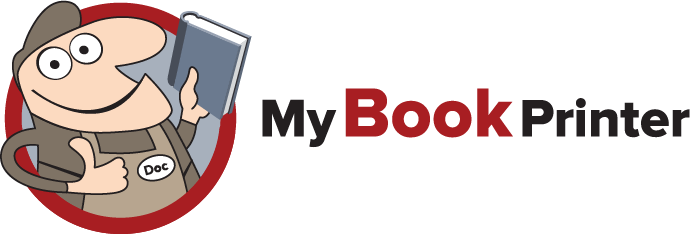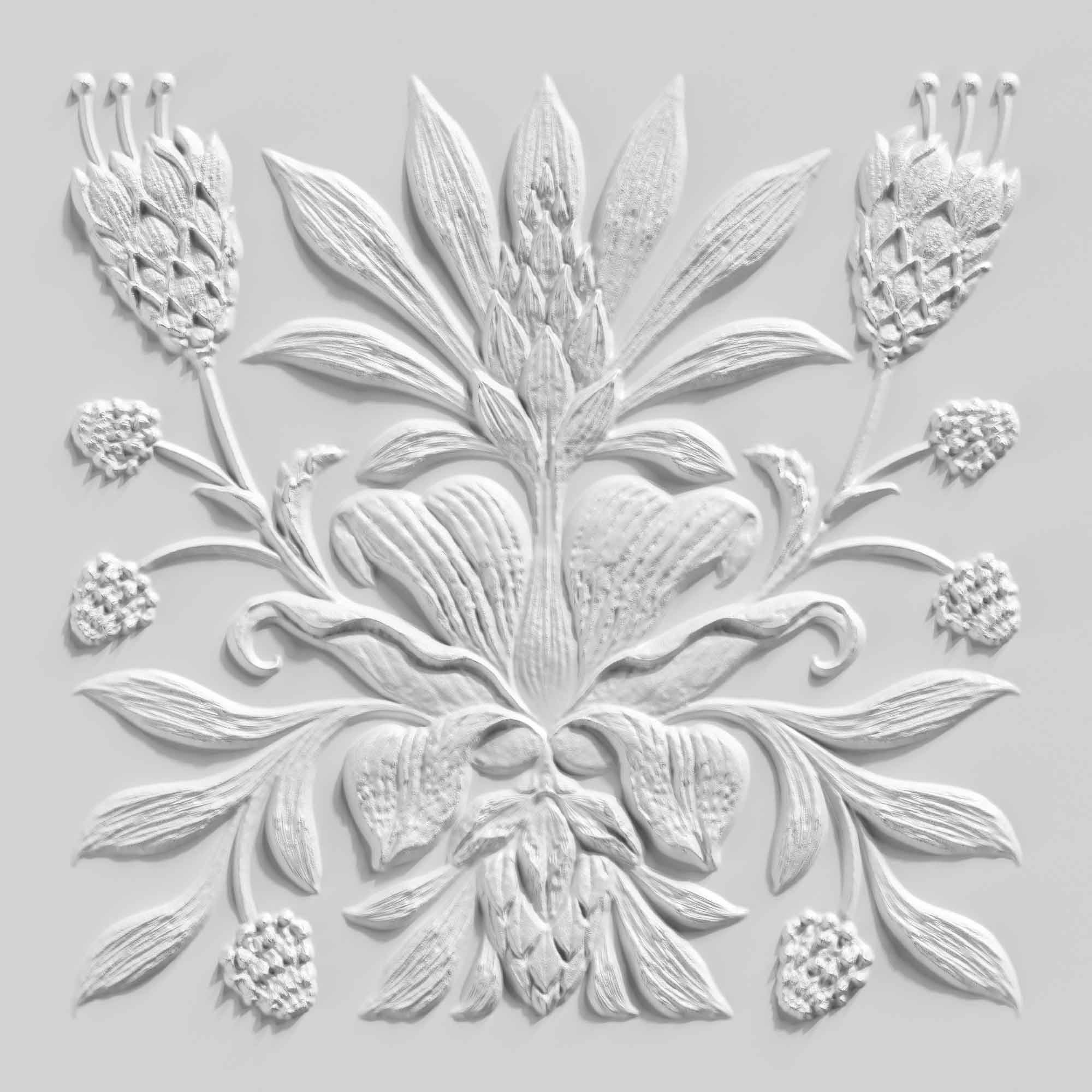
Enhancements
Book Bindings We Offer
Softcover
This is the most common method of binding books. In perfect binding, the pages of the book are glued together at the spine, creating a smooth, flat spine. This type of binding is best for books with a large number of pages, as the spine can support a large amount of weight without breaking. Click here to see our Softcover Diagram.
Saddle Stitch
In saddle stitching, the pages of the book are folded in half and stitched together at the spine using a single continuous thread. This method is commonly used for small books, such as pamphlets or magazines. Click here to see our Saddle Stitched Diagram.
Hardcover (PUR Glued)
Adhesive is pushed against the binding edge of the book block first in one direction, then the other, thereby fanning or separating the edges of the sheets. Boards are then attached to the book blocks which creates a hard cover. These boards are covered with leather, cloth or a printed cover. Click here to see our Hardcover (PUR Glued) Diagram.
Hardcover (Sewn)
In case binding, the pages of the book are sewn together and then attached to a hardcover, which is made of stiff cardboard covered in cloth or paper. This method is often used for high-quality books, as it creates a durable and attractive binding. Click here to see our Hardcover (Sewn) Diagram.
Coil Bound
In spiral binding, the pages of the book are held together by a spiral of metal or plastic that is inserted through holes punched along the spine of the book. This method is commonly used for notebooks, as it allows the book to lie flat when opened and the pages to be easily turned. Click here to see our Coil Bound Cover Diagram.
Ring Binding
In ring binding, the pages of the book are held together by a series of rings, similar to those used in a three-ring binder. This method is commonly used for notebooks and other books that need to be updated frequently, as the pages can be easily added or removed.
Comb Binding
Allows the book to lay flat using what looks like a large plastic comb. The “teeth” of the comb are then looped through the cover and book block along the length of spine.
Plastic Coil Binding
Allows the book to lay flat using a single plastic coil which is weaved through the cover and book block along the length of the spine.
Semi Concealed Binding
(Front & Back Views Shown)
Allows the book to lay flat using a wire coil of double loops which is weaved through the cover and book block along the length of the spine. Coil is concealed on the front by the cover and revealed on the back.
Book Embellishments
Die Cutting
Is a process in which a sharp steel blade or laser is used to cut out shapes or patterns in a piece of paper or cardboard. This can be used to create unique shapes or designs on the cover of a book, such as a circular window that reveals the title on the spine. Die-cutting can also be used to create special features inside a book, such as cut-out shapes on a page or pockets to hold loose items.
Foil Stamping
Is a technique that uses heat and pressure to transfer a thin layer of metallic or holographic foil onto a printed surface. This can add a shiny, eye-catching finish to a book cover or title page. Foil stamping can be used to create a range of effects, from subtle highlights to bold, attention-grabbing designs.
Page Markers
Also known as ribbon markers or bookmark ribbons, are strips of fabric or ribbon that are attached to the spine of a book to mark a specific page. These can be useful for keeping track of your place in a long book, or for quickly finding a favorite passage. Page markers are often made of colorful, decorative materials, and can add a touch of elegance to a book.
Embossing & Debossing
Embossing uses heat and pressure to create a raised texture on a printed surface, and debossing, which creates a recessed texture. These techniques can add a tactile element to a book, making it more interesting to touch and hold.












